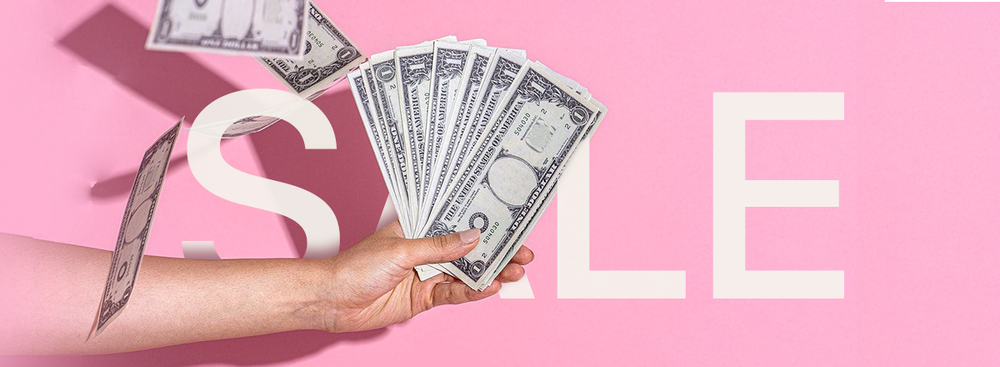In the early 90s, a group of ordinary students from China came up with the idea of celebrating Singles' Day on November 11 (according to Chinese beliefs, 11/11, the date with the largest number of ones, promises luck for single people). Students could hardly have foreseen that in twenty years, their playful idea would turn into a global shopping orgy.
Nine years ago, Chinese online retail giant Alibaba turned Singles' Day into the local equivalent of America's Black Friday, whose profits are growing exponentially. A gigantic, enticing amount of sales revenue would have been impossible if marketers had not had the simplest tool in their hands – a sale that artificially inflates demand, and the buyers – the simplest temptation to spend less and buy more.
Singles' Day is a great example of how you can convince millions of people that the annual race for discounts is a prestigious tournament, and indeed a tradition in general. Even if this tradition was invented a couple of years ago. The idea that it would be nice to celebrate special days with a purchase is not at all new.
But Black Friday, which provided the basis for Singles' Day, and Cyber Monday, which is Black Friday’s child, stand out amongst numerous holidays, the proximity of which usually means crowds in supermarkets and retail chains.
Valentine's Day, Halloween, and various marketed versions of the New Year at least have historical roots and symbolism. Sale days were initially invented for the sale itself.
There is nothing wrong with sales per se, but promotions like those on Black Friday not only turn customers into a pack of angry wolves (fights in supermarkets look not so much funny but scary), but they also work as a switch that in one click disables logic, self-control, and the ability to plan a personal budget.
All Black Friday marketing campaigns come down to escalating the moment: “Buy this only today and only now!” But is this so in a world where large discount promotions are held almost every two or three months, and small ones – pretty much every day (those red, yellow, and green price tags in grocery stores)?
Black Friday is not just a sale but also a universal test with which you can estimate what percentage of your earned money you waste on useless nonsense. Make a list of what you bought during the discount rush, put it aside for two to three months, and then check what is really useful and how much money you saved when making these purchases (figure A). And be honest with oneself and calculate how much you spent on things that collect dust in the closet (figure B). If A is not at least twice as large as B, you should start thinking about your buying behavior.













